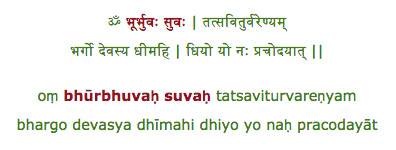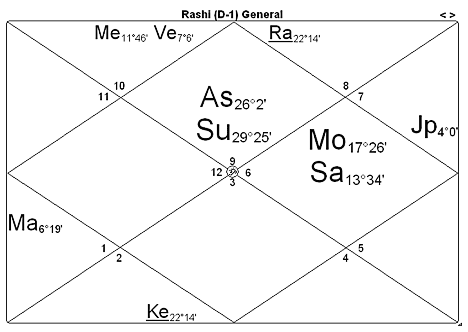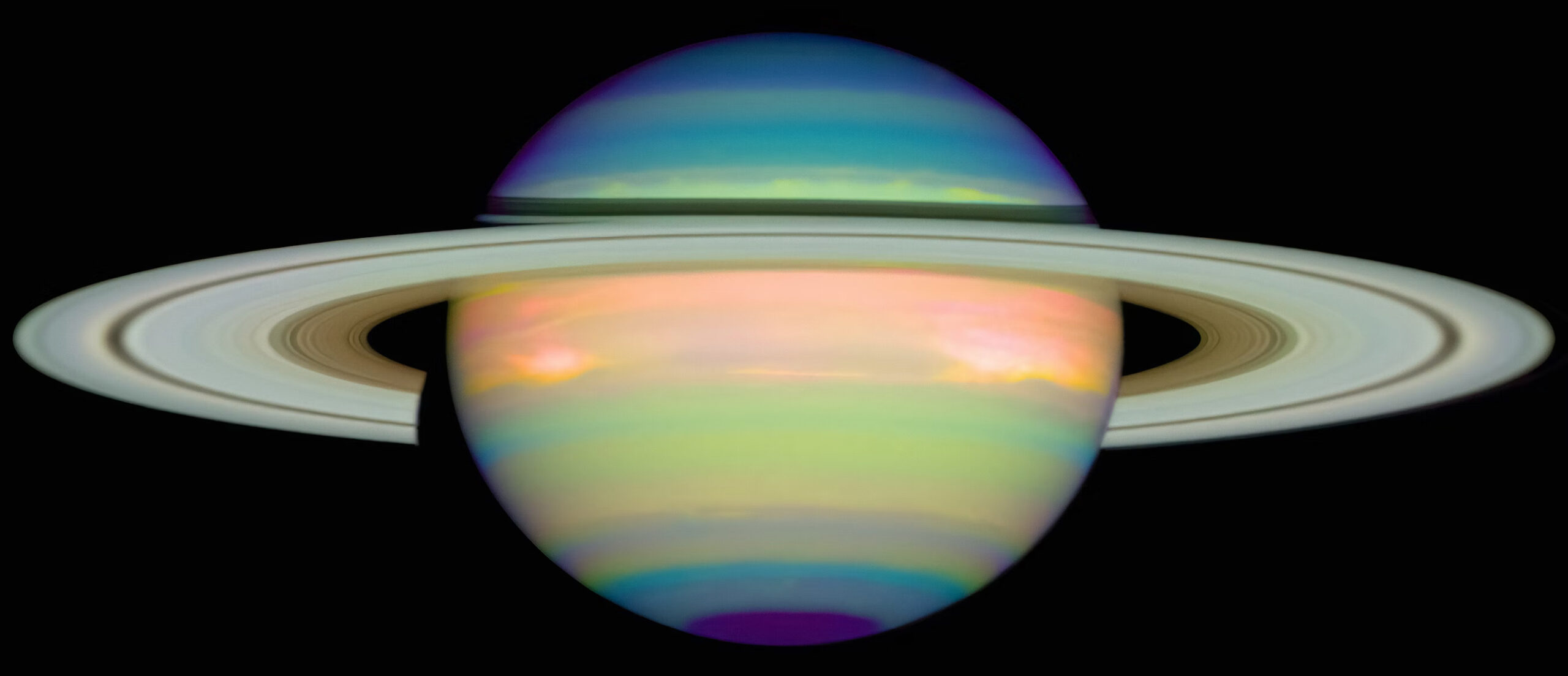Spring | Summer | Fall | Winter | |
2025 | Volume 67 |
| Volume 65 | Volume 66 |
Volume 37, 21 June 2017
Meet The Fascinating Wives Of The Moon: An Online Experiment
I have been experimenting with online teaching and discussions with my ongoing students trying to find a formula that keep the integrity of the oral tradition. It has gone well and I am now considering an experiment with an introductory topic that requires no prior knowledge of Jyotisha. If you are interested in putting your toe in the water either as a one time experience or as a pathway to begin a study of the this subject, please email me for my details about this class consisting of 5 one-hour sessions.
“Turn your face to the sun and the shadows fall behind you.”
A Celebration Of The Sun
This is the season of the summer solstice. This year it's on Wednesday, June 21 at 12:24 AM EDT. Therefore, I would like to devote this newsletter to Surya, the great Sun, our light of lights and source of all life on this planet.
Surya (the Sun) In Shastra
The highly revered Gayatri Mantra is also one of the most famous. It appears in the oldest of the Vedas, the Rig Veda (3.62.10).

Recitation of the Gayatri Mantra begins with the sacred syllable OM followed by bhūr bhuvaḥ svaḥ which are the names of the three worlds - bhūr for the earth or terrestrial world, bhuvaḥ for the connecting space also know as kha through which the grahas move and svaḥ or suvaḥ which is the celestial world. The mantra that follows thus aligns us to these three worlds.
It is called the Gayatri Mantra because it is chanted in the Gayatri meter and can be translated as follows: "We meditate on the effulgent glory of the divine Light; may he inspire our understanding.” The divine light is the Sun of Suns and our Sun represents this principle. All the lights that we see are because of the principle of Sun - be it ours or the stars who are also Suns. This is Jyotisha. This is the glory of what we are studying.
Another very famous collections of Vedic Hymns in praise of the Sun God is Surya Upanishad which is found in the Atharva Veda. It opens with a beautiful and famous Shantipath (peace invocation) and also includes the Gayatri Mantra.
Surya In Purana
Some of our very favorite stories from the puranic literature involve the Sun. The churning of the ocean and restoration of the nectar of immortality is central to understanding the relationship of the Sun, Moon, Rahu and Ketu in Jyotisha. It integrates astronomy and astrology in the most delightful and memorable way.
Surya figures in stories that shed light on the meaning of some of the nakshatras, most notably the begetting of the Aswin Kumaras. Here it is revealed that Sanjna, the wife of the Sun, needed to get away from the intense heat of her husband. She installed a shadow of herself as his surrogate wife without his knowledge and took off. I will leave it to you to find out how the scheme was unveiled. But it was in the reunion of Surya and Sanjna that these charismatic twins were conceived. All the details of the events make for wonderful interpretive material for understanding not only Ashwini but other nakshatras as well.
The Sun - Will It Enlighten Or Burn?
When it comes to classifying grahas as natural benefics or natural malefics, the texts are clear that the Sun is a natural malefic - a krura (cruel) graha. Upon closer examination, classifying the Sun that way is somehow unsettling.
Consider the other natural malefics - Saturn, Mars, Rahu and Ketu (Mercury and Moon are conditional natural malefics depending on their disposition in a particular horoscope). The first four are the “reliable” natural malefics and they share a common quality or guna. They are said to have a predominance of tamas. Tamas is given descriptors such asa dark, slow, dull, heavy, indifferent, ignorant, low, impure, violent, anxious etc.
Dark? The Sun ?!? Here is the paradox. though classified as a natural malefic, the beautiful quality of Sattva is attributed to the Sun who shares this designation with Moon and Jupiter. Sattva guna is said to be pure, light, harmonious, positive, buoyant, creative, balanced etc. Perhaps we can think of it like this. The Sun is the creator representing its pure sattvic nature. It is the universal light and so it represents atma - the wholeness of consciousness. But that very light is fire tattva and fire’s nature is to burn. So though we welcome the Sun’s rays, we are also taught not to be exposed to them for long stretches lest we burn.
Interpreting the Sun in a chart therefore requires the ability to catch the current of karma with respect to themes in the chart that the Sun touches. Will it support or join a pattern of obstruction or even incineration.
Let’s examine the chart of Swami Vivekananda, the brilliant disciple of Ramakrishna Paramahamsa. He became the lineage holder of Vedanta and spread its light to the West.

Note the only influence on the ascendant is the Sun. It is said that the Sun in the first house is not good for health. It potentially can “burn” the body. And yet, this Sun is the lord of the 9th house of dharma in Sagittarius, the rashi of the natural 9th bhava bringing to the lagna these themes. The Sun is powerful by being vargottama - in the same rashi in his navamsha chart. It is also the graha with the highest degrees - the atmakaraka. Since the Sun is the universal karaka for atma, it has this status times two in Swami Vivekananda’s chart.
So is the Sun good? My teacher would always say, “good for what?”. If we consider health, the Sun could be a contributor to his early demise though there would need to be other confirming factors. However, if we think of his brilliant life and magnificent legacy, his Sun is of paramount importance.
Media Corner
With all this heat, I thought it might be a good idea to focus on water in the media corner.
Two of my students suggested that I tell you all about a lovely movie and book about water - its ability to heal ourselves and our planet.
The movie “The Secrets of Water” can be rented on Amazon.
The book “The Hidden Messages in Water” is also available on Amazon.












